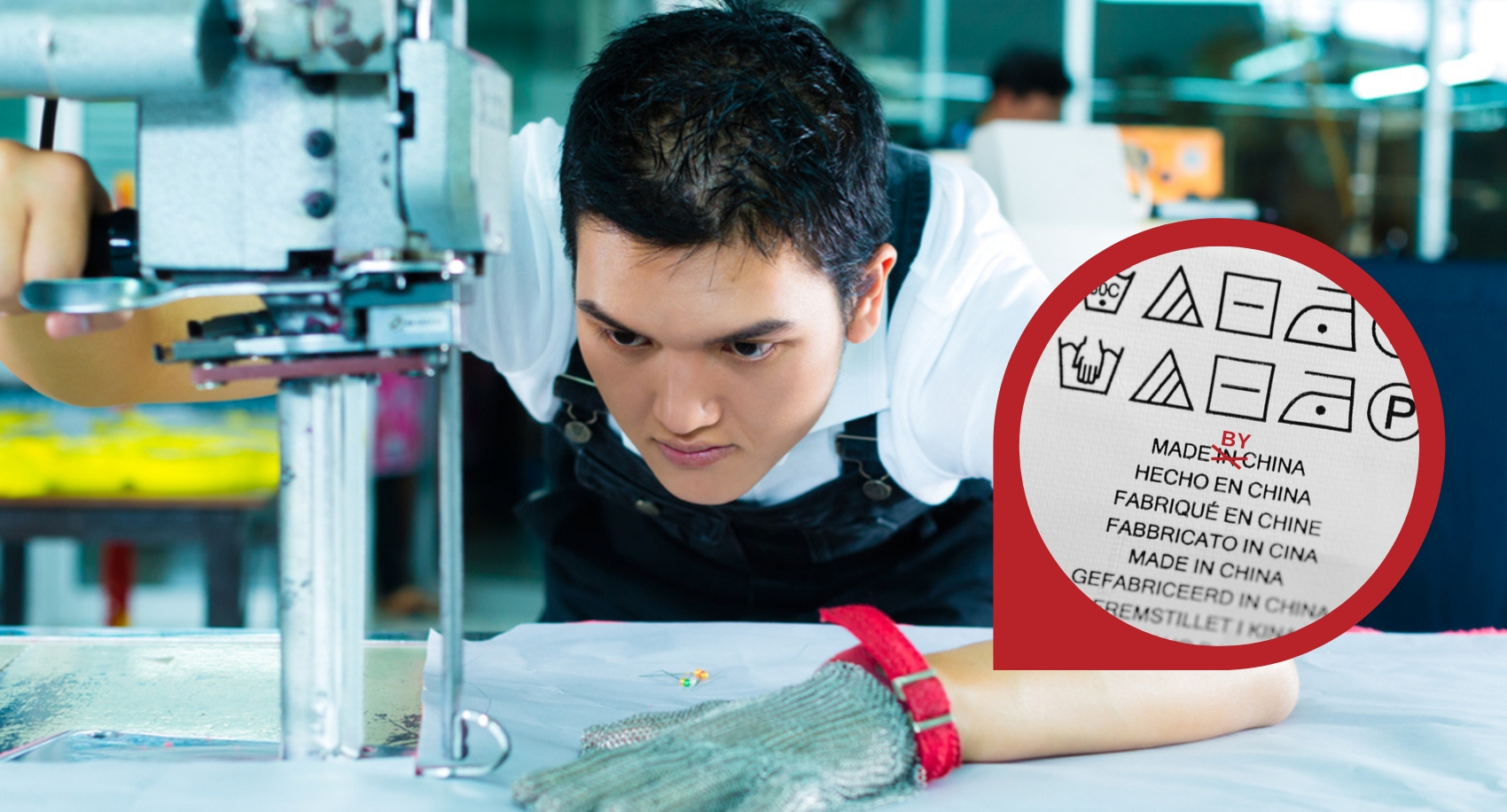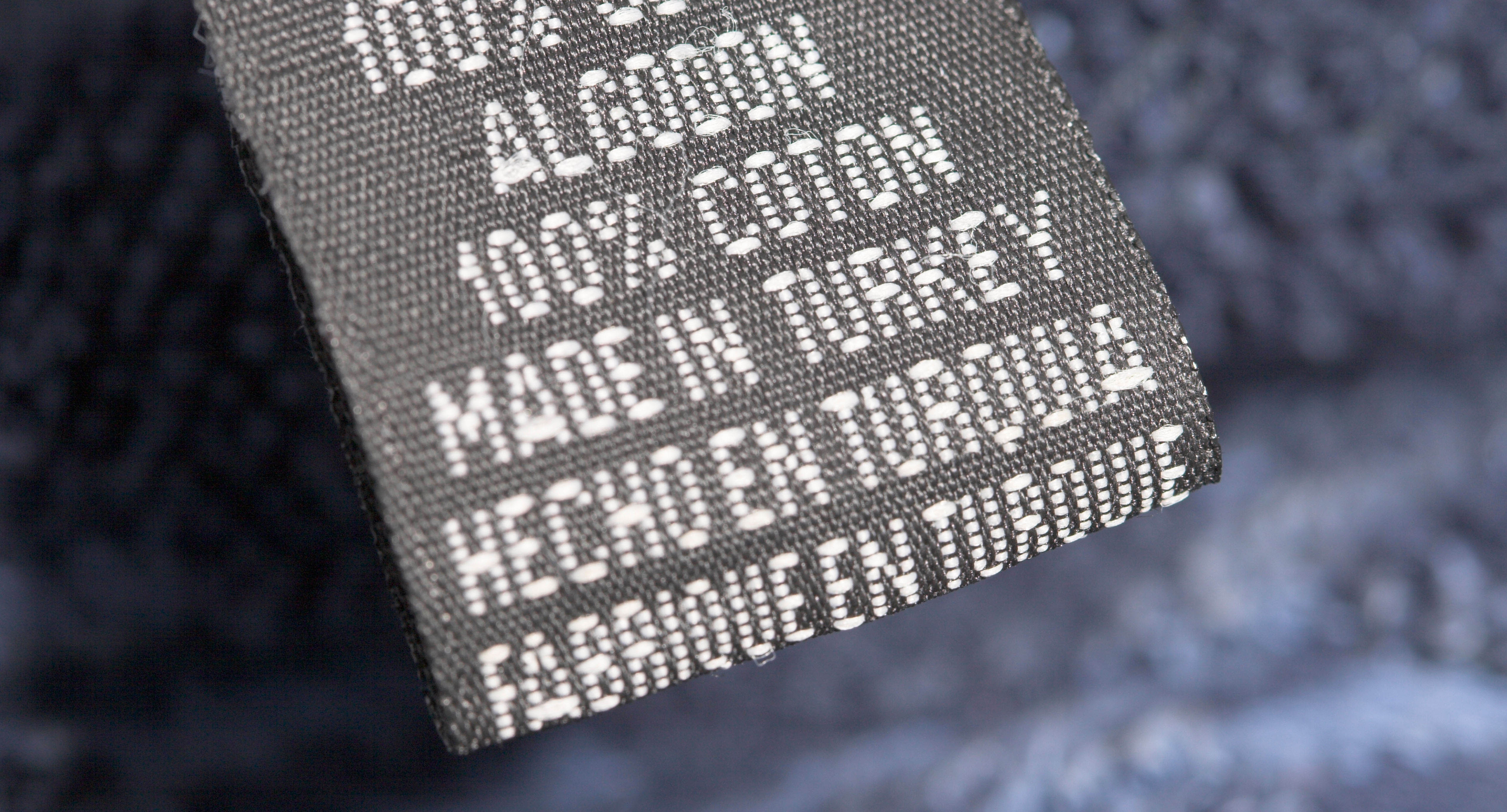Smart fabrics are changing the way our clothes interact with our daily lives. Knowing more about them is worth sharing.
- Can the latest tee shirts now record athletic performance and heart rate?
- Even Google is working in textiles!
- Soon there’ll be no need to power your phone at home because our clothes will be able to solar charge our devices
From passive apparel to clothing that collects data
First came the smart phone, then the smart watch, now we’re seeing the advent of smart clothing. These new technology-driven garments not only have the ability to sense environmental conditions or stimuli, they can gather information as well.
Recent developments in smart sportswear cover everything from tracking your performance and analysing the way you run. Connected shirts even record the calories burnt in a workout.
Smart garments have also been embraced by fashionable luxury brands such as Ralph Lauren. The brand’s PoloTech shirt uses silver fibres within the fabric to record heart rate and breathing. An inbuilt accelerometer and gyroscope also capture movement and direction. Plus, sensors knitted into a band across the chest read biological and physiological input. This data is then relayed to a mobile phone app allowing the user to modify their exercise routine.
First introduced at the 2014 U.S. Open, the smart shirt was worn by ball boys.
You can only imagine the spike in heart rate these would have recorded as the boys handed balls to their sporting idols.

The PoloTech shirt, by Ralph Lauren
Beyond data monitoring, leading digital players broaden the possibilities
Combining cutting-edge technology within the weave of fabric has become the logical next step for smart clothes, freeing the wearer from external data recording devices. So, it’s not surprising that leading digital players and the fashion world are working together to create the next generation of style.
In fact, Google has recently partnered with iconic jeans manufacturer, Levi’s in an exciting new development called Project Jacquard to create interactive textiles. The technology involves wires being woven into fibres, creating a high-tech conductive yarn that is comfortable and tailored for everyday wear. Using this technique, clothes can be transformed into an interactive surface. Tiny button-sized circuits pick up touch or gestures and transmit information wirelessly to mobile phones and devices.
Using this technology, Levi’s Commuter Trucker jacket frees wearers to connect to mobile, camera or maps at the touch of a button! Who knows what other everyday denim clothes will soon have the same capabilities?
Google and H&M project to create a “data” customizable dress
Another partnership currently being explored sees Google teaming with H&M Group’s digital fashion house Ivyrevel, to create something called the ‘Data Dress’. Using the tech giant’s Awareness API, lifestyle data, such as where you travel, the typical weather in your area and if you’re hanging out casually, or in a more formal setting will be monitored and collated. This data will then be used to design a dress, uniquely tailored to your lifestyle.
Smart textiles may also soon have an impact on our emotions. Psychotextiles created using an electrochromic composite may one day have the ability to make you and your children happier and positively impact work and school.
Breakthrough technology connects garments with solar power
Nanotechnology has been instrumental in helping to create scientific and manufacturing breakthroughs. Now, that same technology is being incorporated into the development of smart clothing that is wearable and environmentally sustainable.
The journal ACS Nano recently reported that scientists had developed the first fibres suitable for weaving into textiles. These can then be crafted into practical garments with the ability to capture solar energy and convert it to electricity. By doing so, they’ve designed a textile that can act as a solar cell to charge, store and discharge electrical energy.
This cutting-edge development in nanotechnology is likely to do away with annoyances like flat batteries affecting small mobile devices and create a more sustainable way to generate power using solar energy.
Besides nanotechnology, researchers are developing new ways to produce energy from solar power. By combining copper with titanium, manganese and zinc, scientists have created fibres with the ability to collect and store solar power. The fashion world has already embraced this concept. In 2013, Dutch designer Pauline van Dongen created a solar dress and coat with the ability to capture the sun’s rays and convert them to electricity to power a mobile phone.
Taking that idea one step further, in September 2016, U.S. researchers from the Georgia Institute of Technology in Atlanta announced the development of potential new garment fabrics that can simultaneously harvest energy from the sun and motion. It’s thanks to a mixture of lightweight polymer fibres and fibre-based triboelectric nanogenerators that can generate energy from movement.
The renewable energy that’s captured by this new technology is then combined with cotton or wool fabrics, creating a smart textile that is wearable, sustainable and energy generating. Imagine the amount of energy collected at the end of a sunny day spent outside entertaining your kids?
Challenges facing the smart clothing industry
Unlike other segments of the consumer goods domain such as toys or electrical appliances, the textile industry is relatively under regulated. According to SgT, a textile specialist that provides solutions in quality management, the smart garment industry faces three key challenges:
- Product safety
- Functionality
- Durability
Product safety is important as many of these fabrics will have direct contact with skin.
As such it will be quality laboratory teams involved in research and chemical analysis of these new fibres that will play a vital role in the development of a quality chain testing for the commercialisation of smart clothes. Their research will also influence the future regulation of these products.
 Quality testing will also play an important part in ensuring the functionality and durability of these garments. For example, testing, will be essential to discover whether integrated technology fibres deteriorate after cleaning. Will metallic fibres withstand repeated washing in hot water? Or will product performance be compromised by wear? These questions still need answers.
Quality testing will also play an important part in ensuring the functionality and durability of these garments. For example, testing, will be essential to discover whether integrated technology fibres deteriorate after cleaning. Will metallic fibres withstand repeated washing in hot water? Or will product performance be compromised by wear? These questions still need answers.
As the industry is still expanding, it will be up to research and development teams to study smart garment technology, to share their knowledge and to assist in setting regulatory standards that provide high levels of trusted protection to manufacturers and potential end-consumers.







